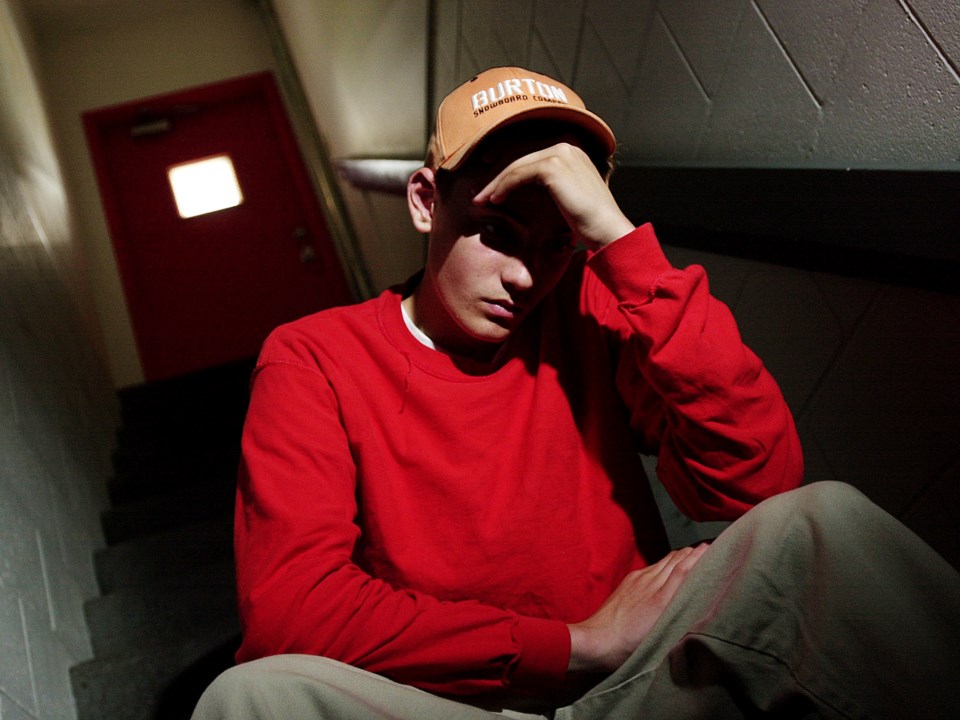Â鶹´«Ă˝Ół»schools are home to 22 alternative programs for high school students — smaller, speciality programs that help keep the city’s most vulnerable students in school and on the path to success.Â
The Â鶹´«Ă˝Ół»School Board recently completed a review of the secondary school alternative programs, which are plagued by a structural budget deficit, a space conundrum and a shortage of teachers. It’s one of several reviews underway in the district.
Despite those challenges, these programs are definitely worth paying for. Â Â
“Without these programs, it is quite possible that some students would drop out of school permanently, lose sense of self entirely and become society’s concern in both the short and long term,” reviewer Diane Brow says in her report. “Alternative Programs can give students renewed hope in a supportive, caring environment which, for some, may be the only place they find it.”
The 89-page report, completed in January, but to be discussed at a board committee meeting this week, says that students in alternative programs represent about two to three per cent of the secondary students in Vancouver. But 25 per cent of the city’s Aboriginal students and 15 per cent of the students with special needs are in these programs. Just 48 per cent of Aboriginal students and 71 per cent of students with special needs in Â鶹´«Ă˝Ół»graduate high school within six years, compared to more than 88 per cent of all students, so extra support is warranted.
Kids in alternative programs run the gamut of grades and achievement. Some students are achieving well above grade level, while others are well below grade level, the report says.
Alternative programs usually have smaller classes and different ways of motivating and empowering students. One example is Streetfront, at Britannia secondary school, where 22 students in Grades 8 to 10 learn in an environment focused on physical activity and getting outdoors.
Another is the Cedar Walk program, for Aboriginal students 16 to 19 years old, who have become disengaged from school. The program has 20 students and uses sports and recreation, arts and crafts, Aboriginal cultural enrichment and other supports to connect with students.
In the past, most students in alternative programs were there because of behaviour concerns, the report says. Today, that’s changed. Most students are in these programs because of mental health concerns such as anxiety and depression.
“My son was suffering from debilitating anxiety and had essentially stopped going to school until he found an alternate program,” one parent wrote in a survey as part of the review.
Self-harm, drug addiction and regular non-attendance at school are the ways these students have found to cope with their sense of being, the report says.
Lots of readers will probably recognize this classic stress dream — you’re late for a test, but you can’t find your locker, remember your combination, or find your classroom. If you do make it to class, you realize you forgot to study. The reason this dream is so common is because being a high school student can be stressful. Imagine trying to navigate that if you don’t have enough food to eat, your home life isn’t stable, you’re in foster care or you have an undiagnosed learning disability. It wouldn’t be easy.
“It is fair to say that some of the youth in Vancouver’s schools are living challenging lives that might bring otherwise capable and educated adults to their knees,” Brow says.
So what does the report conclude?
It recommends hiring more staff, calls for all alternative programs to be run by one administrative team of a principal and vice-principal and says that, ideally, there would be one dedicated school where all alternative programs were housed, so that students could access gym space, science labs and technical education spaces, as well as services such as physicians and mental health professionals. Â
Today, such programs are usually found within a secondary school, although some are independent. I’m not entirely convinced one central location is the best for students, given the stigma that could come from attending a school that everyone knows is an alternative school. But perhaps the benefits outweigh that downside.
The resources requested are minor, but the stakes involved are high. The difference between dropping out of school and graduating is massive when you are a vulnerable student, and alternative programs often make the difference. I hope VSB can find it in their tight budget to follow this plan.
Tracy Sherlock writes about education and social issues. Contact her with comments and story tips at [email protected].



